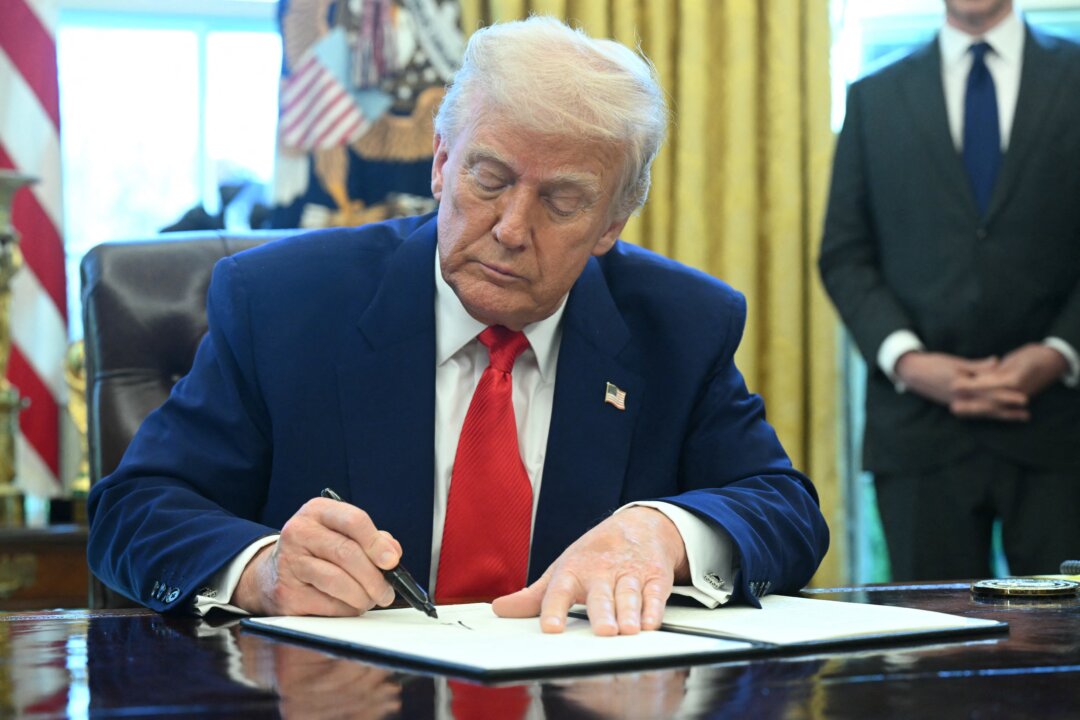Read this article for free: Already have an account? As we navigate through unprecedented times, our journalists are working harder than ever to bring you the latest local updates to keep you safe and informed. Now, more than ever, we need your support. Starting at $15.
99 plus taxes every four weeks you can access your Brandon Sun online and full access to all content as it appears on our website. or call circulation directly at (204) 727-0527. Your pledge helps to ensure we provide the news that matters most to your community! To continue reading, please subscribe: *$1 will be added to your next bill.

After your 4 weeks access is complete your rate will increase by $4.99 a X percent off the regular rate. Read unlimited articles for free today: Already have an account? Opinion Yesterday afternoon, U.
S. President Donald Trump announced a 90-day pause on all of the so-called “reciprocal tariffs” against dozens of nations that he had announced last week. A lower, “baseline” tariff rate of 10 per cent will now apply during that period.
The only exception to the rate pause is an increased reciprocal tariff rate imposed by the U.S. upon Chinese goods, which now soars to 125 per cent.
Shortly after the pause was announced, U.S. Treasury Secretary Scott Bessent told reporters that Trump’s decision to pause the tariffs was intended to reward nations that did not respond with retaliatory tariffs of their own, and to allow time for new trade agreements to be negotiated with those nations.
Trump says that more than 75 countries have contacted U.S. representatives to negotiate a solution to tariff and trade issues.
He adds that those nations “have not, at my strongest suggestion, retaliated in any way, shape or form against the United States.” Earlier in the day, just hours after the Trump administration imposed a 104 per cent tariff on Chinese imports, China responded that it was imposing a new 84 per cent tariff — up from 34 per cent — on all U.S.
imports, commencing on April 10. Trump then fired back with the 125 per cent tariff rate, in what has clearly become a costly contest of escalating tariff rates. The impact of these latest changes on Canada and Mexico remains unclear.
Immediately after the pause was announced, stock markets soared. The Nasdaq Composite Index jumped by eight per cent, while the S&P index rose by more than seven per cent. In Canada, the S&P/TSX Composite Index climbed by five per cent, while the price of oil, which had fallen after Trump’s tariff announcement last week, increased by roughly four per cent.
The rise in share prices may be short-lived, however, as it does not reflect the instability and volatility that Trump has created as a result of his erratic and unpredictable handling of the tariff issue, combined with his bellicose rhetoric regarding Canada, Panama, Greenland and China. His focus on China is of particular concern, as it appears that he is intent on causing severe economic harm to the world’s other economic superpower. If it is part of a strategy to force China to agree to a new trade agreement that is more favourable to America, as Trump now claims, it is a risky approach that could have dangerous consequences for both nations.
China has vowed to “fight to the end,” and has reduced its economic reliance on the U.S. over the past several years.
Beyond that, China holds approximately $760 billion in U.S. government debt, making it the second-largest foreign holder.
That gives it tremendous leverage over America, as selling a large portion of its U.S. debt could drive down bond prices, increase U.
S. borrowing costs and destabilize global markets. With all of those factors in mind, yesterday’s tariff pause, and the stock market response that followed, must be viewed as little more than a distraction that fails to solve the instability caused by Trump.
If this was Trump’s strategy all along, as Bessent claims, it may only make things worse. After all, the reciprocal tariffs have only been paused, not rescinded. And yesterday’s decision neither revokes nor reduces other tariffs imposed by Trump, including the “baseline” 10 per cent tariff and the tariffs already imposed on Canadian steel and aluminum.
Given that reality, the instability caused by the spectre of tariffs will likely continue to impact the world economy until a more durable resolution is arrived at — and that assumes Trump doesn’t change course yet again. Advertisement Advertisement.
















